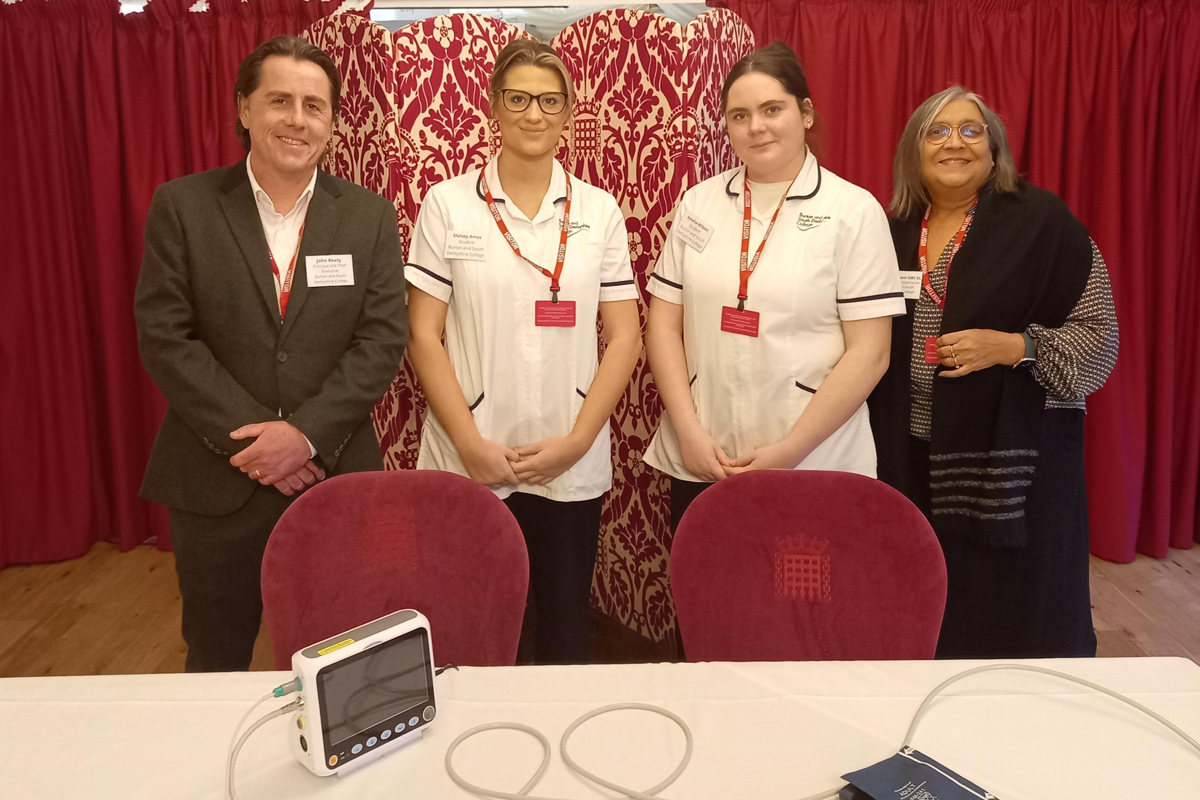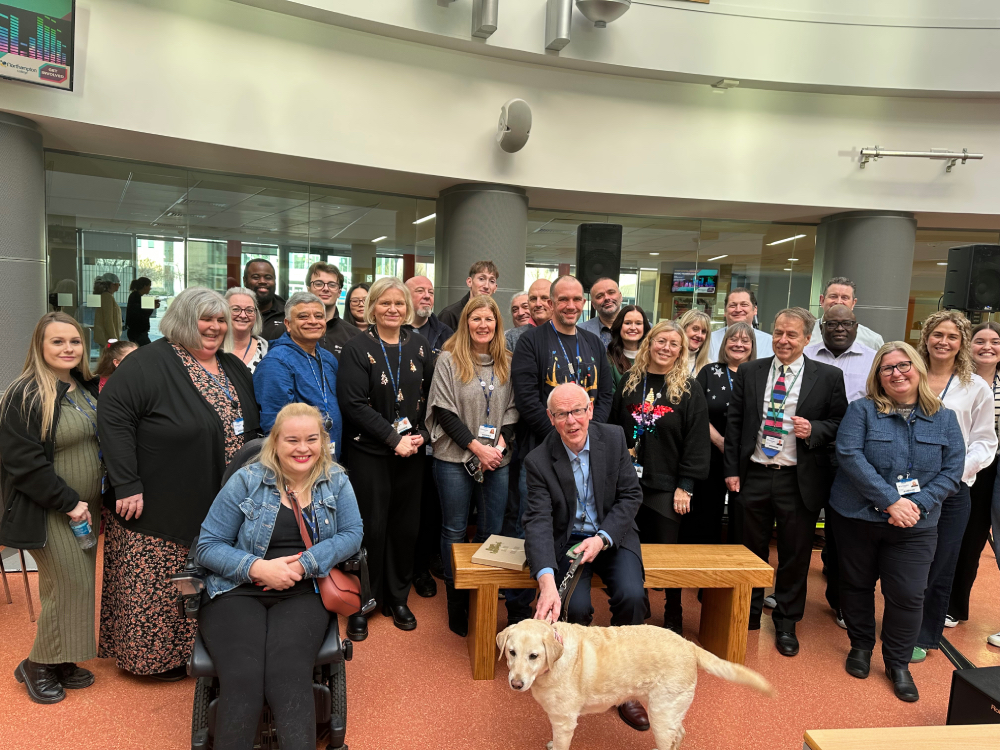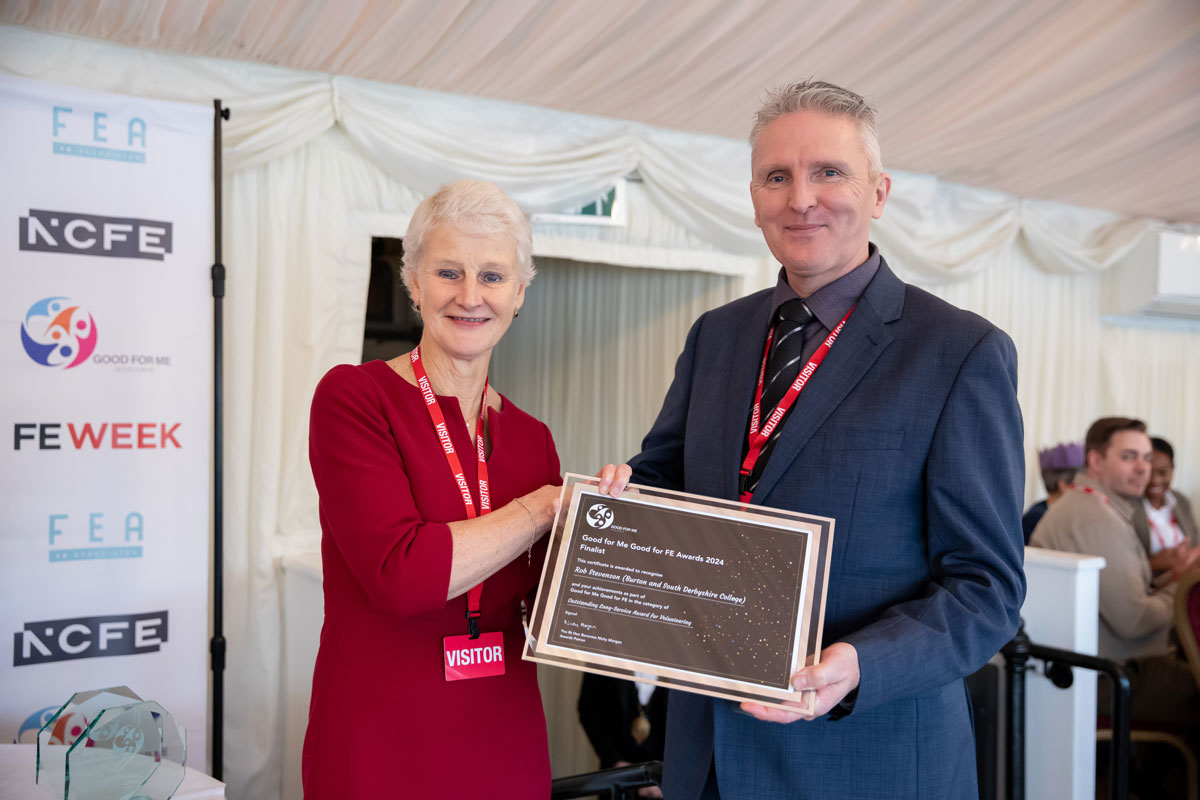Technology transforming inclusion for children and young people, but ‘digital inequalities limiting access’

New report into education across England highlights the power of digital to break barriers for students, as learners with special educational needs and disabilities (SEND), anxiety and health issues sit exams online from home – using remote invigilation – for the first time in the country’s history.
Digital solutions are transforming access to education and outcomes for learners across England, but school-wide digital inequalities are limiting potential, according to a new report released today by Pearson – the digital media learning company.
The 2023 Pearson School Report – presenting the views of 6,000 teachers and 1,000 pupils on key issues in education – reveals that while 3 in 5 teachers believe education is more inclusive and diverse than it was five years ago, 7 in 10 think the growing number of students with SEND or additional learning needs (up 87,000 to 1.5m*) are NOT being effectively supported to aspire and achieve by the current system. Teachers also expect mental health, attendance and SEND to be the biggest barriers to their pupils’ learning over the next six months.
However, the use of new technology has allowed many schools to adapt their offer to suit students’ different circumstances and needs: half say it has improved remote and flexible learning (48%) over the past two years and over a third are seeing improvements in student engagement (34%) and accessibility for learners with SEND (34%).
In line with this, Pearson has for the first time in its history enabled over 100 learners – many with SEND, anxiety or health complications – to complete their exams this summer online from home via a remote invigilation pilot. One student at King’s InterHigh – the UK leading Online School – used her trampoline throughout her exam to help her manage her medical condition and support concentration on rest breaks, while students with neurological differences were able to make noise and move around in ways that they could not have done in an exam hall. Sylvie, who would usually be unable to sit an exam due to her myalgic encephalomyelitis/chronic fatigue syndrome (ME/CFS), was also able to sit her Pearson Edexcel International GCSE English Language and English Literature exams from home.
Sylvie said:
“Being able to do my exams online was an absolute game changer for me. With my condition I honestly don’t think that I would have been able to do them in person, or I would have just been so exhausted when I got there that I would have done terribly. My remote invigilator was fantastic, so patient and helpful, and the team at Pearson supported me amazingly every step of the way. I felt really supported and confident throughout.”
Ashley Harrold, CEO of the Online Schools at Inspired, which King’s InterHigh is part of, added:
“The pilot between King’s InterHigh and Pearson, has fundamentally rewritten the rules on what inclusive access to assessment means. By using digital technology to bring secure, high-stakes online assessment into student’s homes, we have widened access to qualifications to students who otherwise would have been unable to achieve their potential. Particularly beneficiaries of this approach are students who are unable to attend a physical school, whether due to SEND, anxiety, health complications, or international access to exam centres. This pilot has not only shown the transformative impact of technology, it has shown how through innovation we can change the future outcomes and life chances for those students for whom a mainstream education does not work.”
Findings in today’s Pearson School Report also show that 1 in 2 secondary students would like to take exams on computers and 91% of all learners say that being prepared for their future in a digital world is important to them.
Hayley White, Vice President, Assessment, Standards and Services at Pearson said:
“Technology has the power to transform education for all learners, and it is fantastic to see the positivity felt by so many educators and students in this year’s Pearson School Report when it comes to embracing digital opportunities. Through our own pilots and wider research, we are also seeing the life-changing impact on learners with SEND or those who struggle to access education.
“However, as today’s new research shows, there are striking school-wide digital inequalities that must be unlocked to ensure all teachers and learners can access the same technology and reap its rewards fairly. We have pledged to do all we can over the coming months and beyond to unite collective knowledge, passion and experience across the sector to help make digital education as equitable and inclusive as possible.”
Despite 99% of educators using some form of digital solution at school this year, the School Report findings show significant disparities in what schools have access to / use of:
- Where 16% of secondary schools have no access to portable digital devices for students to use, 1% of primaries have this issue. 6% of London teachers say this, compared to 10% in the North West and 11% in the Midlands.
- Just over half of schools have access to reliable WiFi across the entire school, while a third say it is only reliable in parts of the school.
- When it comes to SEND specifically, fewer than 1 in 10 have access to assistive technologies like screen and braille readers for students to use. Software supporting students with SEND and additional needs is almost three times more prevalent in primary schools than secondary schools (30% primary; 12% secondary).
- 35% of private schools have access to regular training on digital learning tools and edtech advancements compared to 15% of state-funded schools.
Thomas Lowe, Head of Policy and Communications at the Digital Poverty Alliance, said:
“Action is needed to ensure the equitable provision of devices and connectivity across all classrooms. Additionally, the Pearson School Report highlights the insufficiency of support available to educators to integrate digital tools into the teaching and learning experience. Harnessing technology can provide significant opportunities to improve education quality and build critical digital skills.”
To see what else teachers and students had to say about education in 2023 – from challenges and opportunities to sustainability and digital learning – view the Pearson School Report
For more on digital learning and innovation at Pearson











Responses